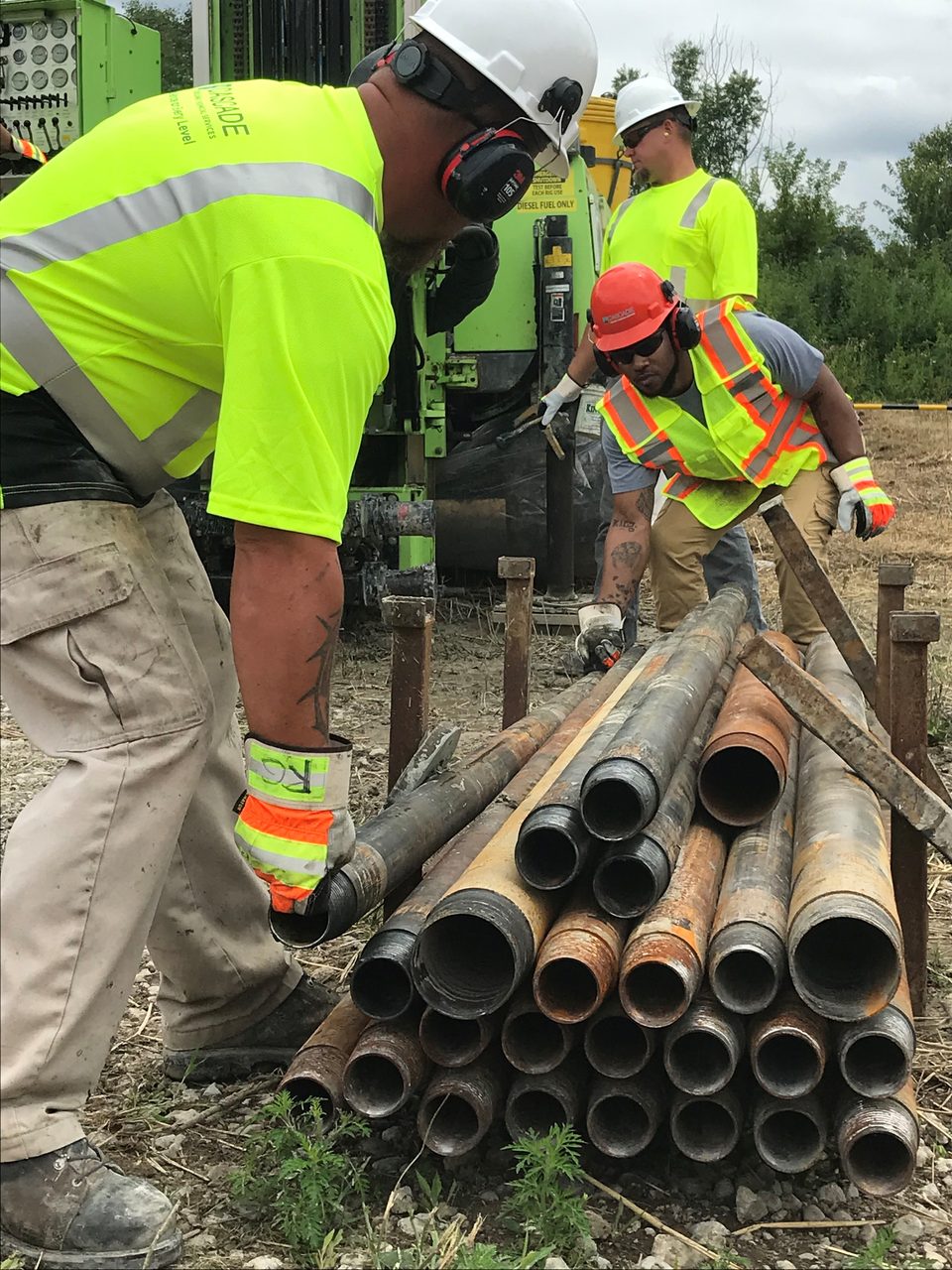EDITOR'S NOTE
Jeremy Verdusco
verduscoj@bnpmedia.com

Employment “Churn” an Opportunity for Drilling Companies
The economy right now has a lot of what folks call “churn”: people changing jobs or leaving the workforce altogether. Anecdotally, I feel like I hear almost daily about people in my extended social media circles leaving one job for another, or leaving one to start a business. In hard numbers, both April and July 2021 saw “quit” levels in the U.S. workforce near 4 million people, according to the Bureau of Labor Statistics.
Trades like drilling and construction have a big opportunity here. These fields, in general, don’t require a ton of training, pay well and have an slew of veteran workers aging out of the workforce. (Of course, this means that, for employers, it’s an employee’s market, but that’s for another column.) You don’t have to go to college to run a drill rig. You can attend training at a facility like the Apprentice and Skill Improvement Program our contributor Dave Bowers works for. You can take a longer, more intensive program like those offered at Ontario’s Fleming College. Or, you can just work your butt off starting as a helper and do it the old-fashioned way — on the job.
Drilling and construction have a low barrier to entry compared to other fields. Heck, many entry-level office jobs these days require a bachelor’s degree. You can spend $80,000-plus getting a four-year degree, then start out making $40,000 a year. You could also skip the student loan debt, start out making about the same $40,000 a year, but get up to $60,000 or even $70,000 within a few years and stay there.
I call that a strong selling proposition for the industry to make to 17-year-olds. Now, drilling doesn’t necessarily compete for workers with fast food, but let me use that as an example. A 17-year-old who has no interest in college (yes, they’re out there) could choose fast food as an option. You work in a hot kitchen or deliver food to people who don’t tip. Your restaurant just raised wages, but they still won’t give you 40 hours or health care — not the kind of job to build a career on.
The number of years instructor Dave Bowers has worked at the Apprentice and Skill Improvement Program (ASIP) training facility. This month, he talks about training and manufacturer partnerships.
The psi calculated for an example 30-foot horizontal bore. Drilling Fluids columnist Mario Brunet this month discusses hydrostatic pressure.
The weight, in pounds, of drilling jars you might use on a 3-inch cable tool string. This month, columnist John Schmitt talks about this optional item on a spudder string.
Even a failed part costing as little as this much in dollars can shut down a project. We speak this month with a California driller navigating the “perfect storm” of this year’s drought.
Several employees with Matrix Drilling Products have worked for the company this many years or more. We talk about manufacturing partners with part of the Matrix team this month.

12
13.26
65
350
30

For entry-level people, drilling companies often look simply for people with a high school diploma and a strong work ethic, though a CDL helps. Source: Jeremy Verdusco

That same 17-year-old could just quit — one of about 710,000 people who left hotel and food service positions in July — and show up at a drilling company and say, “Put me to work.” (That may sound like a hyperbole, but I’ve spoken with several company owners this year who just want to put people to work, literally anyone who actually works.) She starts as a helper. She works hard, shows some smarts and trains up. That $20-an-hour helper wage quickly grows to $30, even $35 as she takes on new responsibilities over a two or three years.
Now, think about the coworker who stayed at the fast food restaurant. What do you think happened to his wages? They didn’t double. Did the company invest in his training to make him more valuable? No. Did the company pay for travel to four different states and, once, to Mexico or the Caribbean for that specialized project? No.
That 710,000 monthly quit level in hotel and food service includes people in wildly different circumstances, not just a hypothetical teen who doesn’t know what he or she wants to do in life, but who knows college ain’t it. For argument, let’s say that 10 percent of those folks haven’t seen their 25th birthday. That’s 71,000. Even if just a portion of those people have the aptitude (and work ethic) for construction fields, we have thousands of people at the start of their working lives, leaving jobs they don’t like each month and primed to hear the pitch the drilling industry has to make.
As a company, how do you reach these people? I don’t have the answer. Some companies offer incentives. Maybe Facebook advertising works for you. Maybe it’s networking or visits to the shop classes at local high schools. My point is, in an economy full of churn, where people rethink how and where they make a living, construction trades like drilling have a strong case to make.
Go out and make it.
What do you think? Have you had trouble hiring? Are you considering a career in trades? Let us know. Send an email to verduscoj@bnpmedia.com.
Stay safe out there, drillers (and prospective drillers).
